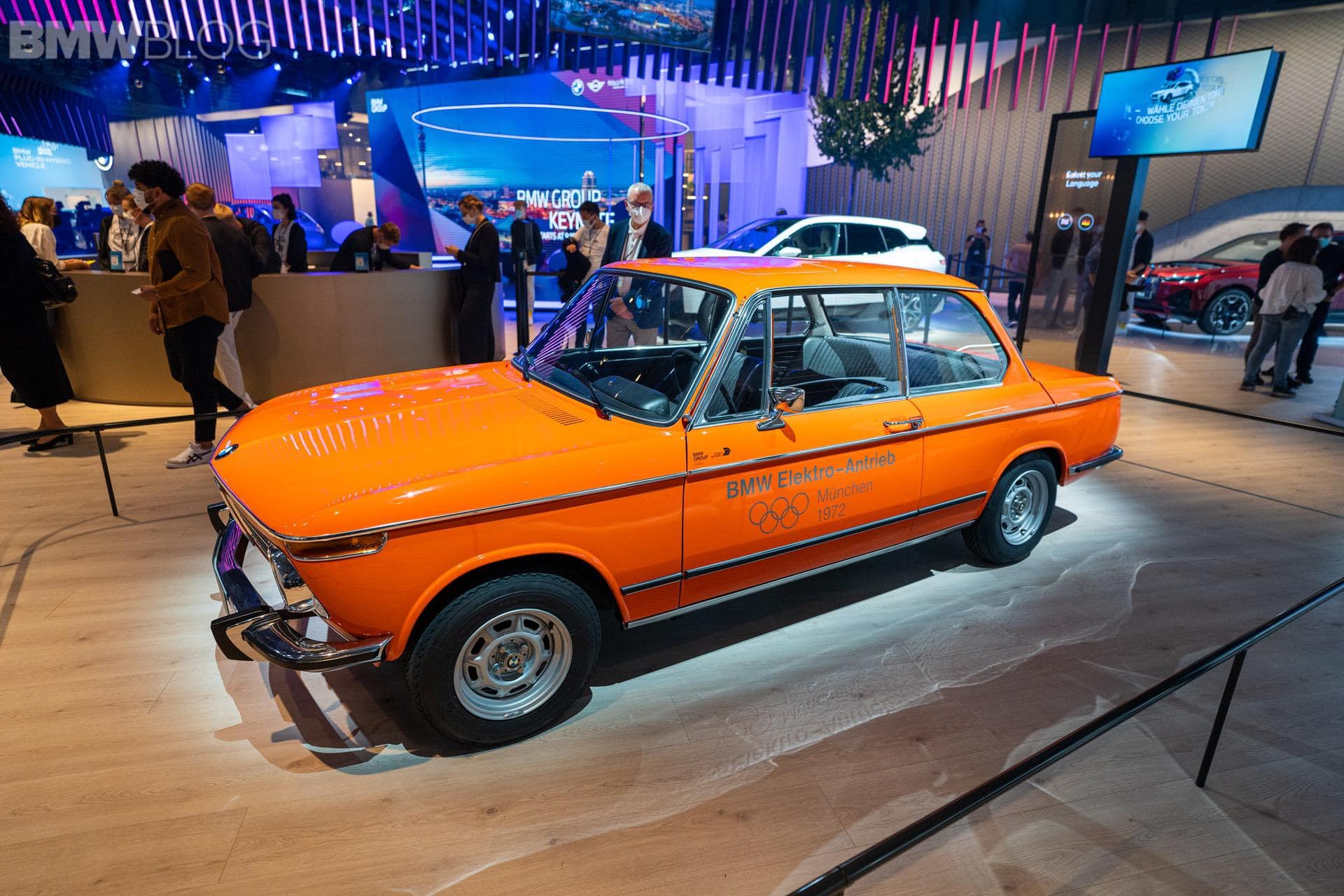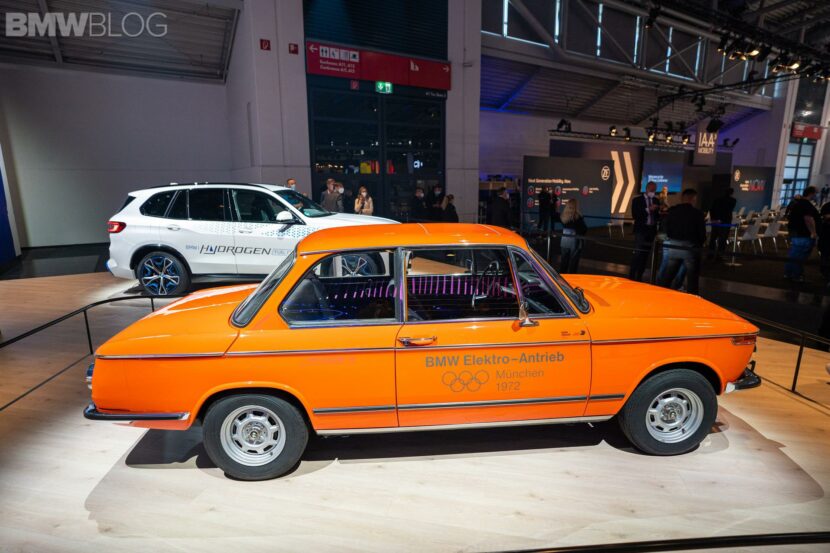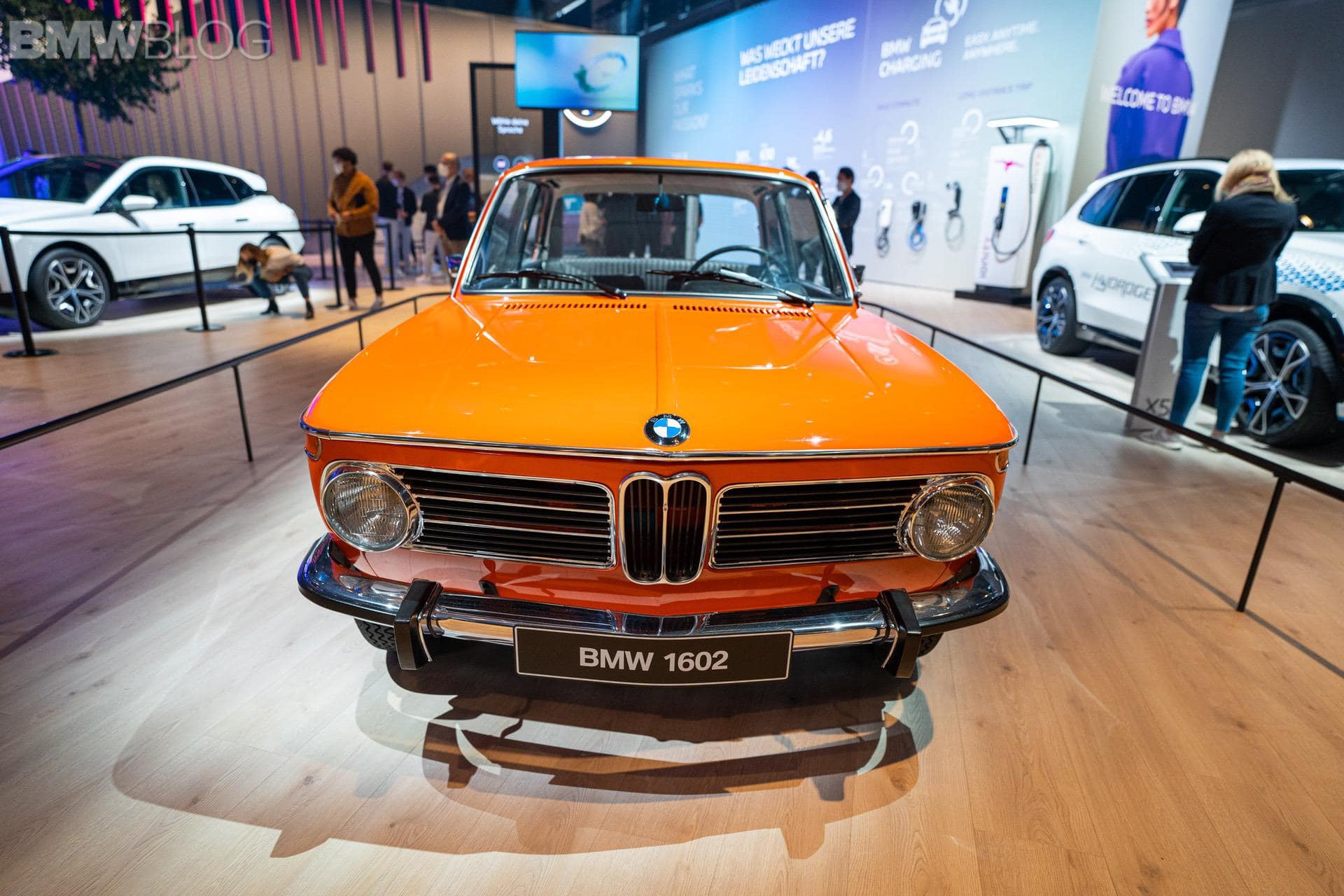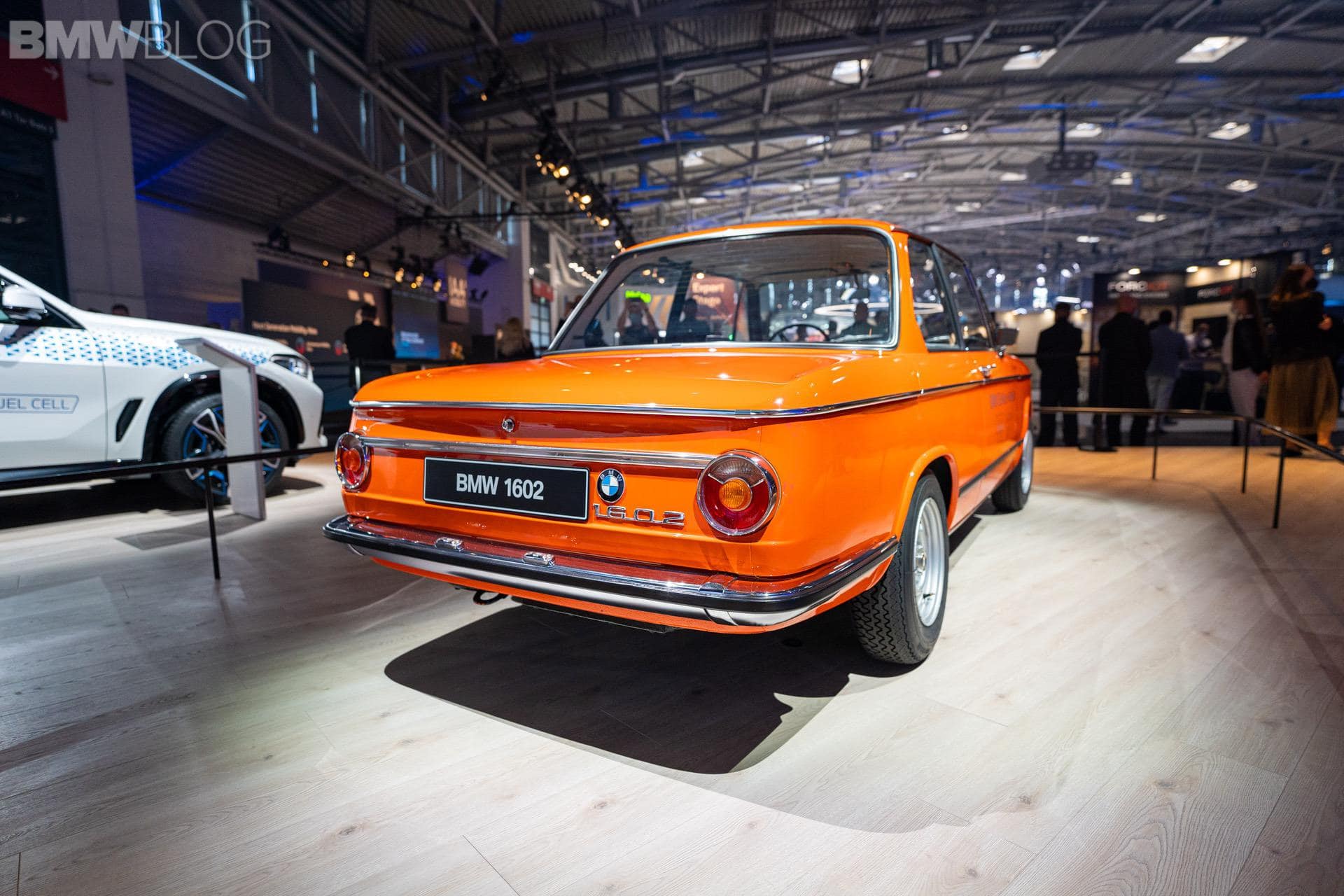While the BMW i3 is largely credited as the brand’s first electric car, it actually isn’t. In fact, the first-ever electric BMW debuted all the way back in 1969, with the BMW 1602 Electric.
Back in ’69, BMW constructed two experimental vehicles off of the BMW 02 Series with the aim of investigating the suitability of an electric drive unit for real-world driving. A DC shunt-wound motor, with a peak output of 32 kW, that had been developed by Bosch and whose power was directed to the rear wheels via the intermediate gearing and prop shaft provided the propulsion. A thermostat-controlled 140W radial fan took care of cooling. The 85-kilogram electric motor drew its power from 12 standard 12V lead-acid batteries from Varta, which were positioned on a pallet in the engine bay.
Because of the massive lead-acid battery pack up front, the BW 1602 was quite heavy. In fact, just the battery pack up front checked in at 350 kg (771 lbs), though it did fit in as one unit, so it could be removed and swapped with a fully-charged pack.
BMW officially displayed the 1602 Electric at the 1972 Olympic Games in Munich and let’s just say the track and field runners were probably faster. The little BMW 1602 Electric got from 0-50 km/h (31 mph) in eight seconds and had a top speed of 100 km/h (62 mph). If driven at a constant speed of 50 km/h, it could achieve a range of 30 km (19 miles). Interestingly, though, back in the ’70s, the BMW 1602 Electric even had regenerative braking.
The BMW 1602 Electric is currently on display at the 2021 IAA, next to all of BMW’s radical futuristic concept cars. When looking at where BMW started, it’s interesting to see where BMW is going, in the world of electrification. The 1602 Electric is such a charming little vintage electric car, with technology that seems archaic today. However, it was the beginning of the brand’s interest in electric technology, which is going to be our future.












































































